Columbia Research Laboratories is responsible for the manufacture of a variety of sensors and related signal conditioning electronics that include force balance interial‐grade accelerometers and inclinometers, piezoelectric vibration and pressure sensors, precision linear variable differential transducers, strain gage aircraft mainframe fatigue sensors and fiber optic sensors.
CRL is a privately held, female‐owned small business dedicated to offering the most reliable sensors and systems for the military, commercial and industrial markets since 1953. The manufacturing and engineering offices are situated in Woodlyn, PA, within easy reach of the Philadelphia airport.
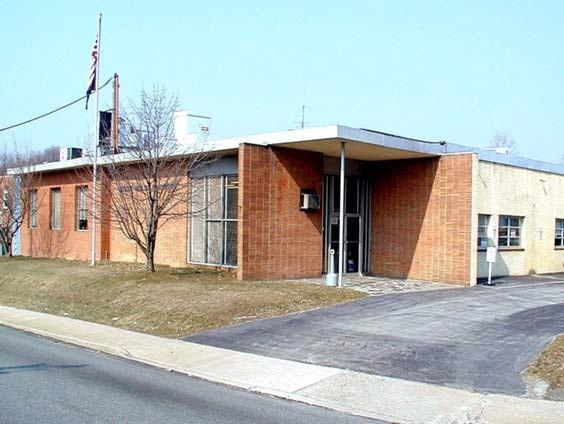
Image Credit: Columbia Research Laboratories
As a relatively small company, Columbia’s progress is not impeded by large, overbearing bureaucracy. Instead, Columbia management has developed a sense of community in the workplace that inspires and supports innovation in the development and improvement of products as well as encouraging manufacturing efficiencies.
Over the years, CRL has been a customer‐driven organization with the philosophy of responding to the exact needs of its customers. This includes meeting the performance needs as well as taking cost, size and timely delivery into account, which has resulted in a competitive advantage that has sustained long‐term success.
Capabilities
CRL limits its dependence on outside subcontractors by building and enhancing its in‐house capabilities. This type of innovation and thinking has enabled CRL to respond to developing its customer’s products while meeting production and modification needs with significantly less impact to time schedules and associated costs than the competition.
CRL currently houses contemporary clerical, management and engineering offices, product development, and environmental test laboratories, as well as efficient production hardware manufacturing and test centers across 20,000 square feet of land.
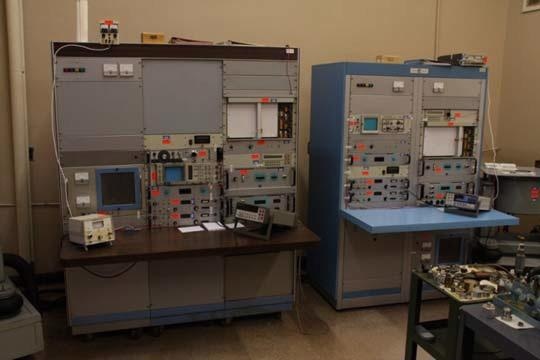
Image Credit: Columbia Research Laboratories
Its environmental test lab is around 2000 square feet and is home to two computer-managed centrifuges used for the setup and final calibration of the Linear Servo product line. The systems have the capacity to generate static accelerations up to 300 Gs.
Moreover, another dual centrifuge system allows CRL to produce a dynamic +/‐G modulation of specimen while exposed to a constant static acceleration. Another novel feature of the centrifuge at CRL’s facility is its capacity to deliver static acceleration at temperature.
This system has been known to accelerate sensors to over 300 Gs at temperature with great success. Another 1,500 square feet of space is utilized as a clean room for the assembly of CRL’s precision torque mechanism.
CRL’s piezoelectric product test laboratory includes three calibration‐grade vibration shaker systems with an extra two smaller temperature/vibration measurement systems. This facility has the capacity to offer both Hopkinson Bar and Avco Drop Test Shock Generation Test Stands with digital computing oscilloscope displays.
Production accelerometer insert level cross axis measurements are performed on a 360 degrees variable rotation 10 Hz slide table cross axis test stand. Design qualification base strain performance measurements can be conducted using a shaker‐driven beam test assembly.
History
Since 1957, Columbia transducers and systems have been flight-qualified and performance-proven every single year on major United States Government military programs, in‐flight missile systems and/or interplanetary manned and unmanned space vehicles.
These transducers and Systems have experienced the most technically demanding in‐flight qualification test requirements for reliability and performance under the most exacting environmental conditions.
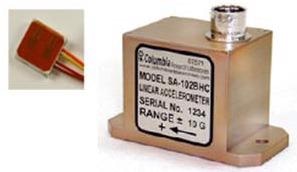
Image Credit: Columbia Research Laboratories
Additionally, CRL transducers are employed extensively in industrial control and monitoring systems, where durable construction, low OEM cost, prolonged performance life and accuracy are fundamental requirements.
CRL has been a key part of many military programs over the years, concentrating its efforts on the delivery of sensors for military aircraft and missile systems as well as commercial applications in rugged and harsh environments.
One of CRL’s most esteemed projects was the design and production of gold‐plated airborne vibration systems used on every lunar excursion module of the Apollo Program.
CRL operational sensors have been used and supplied to measure acceleration, temperature, vibration and strain across an extensive list of military aircraft, including the A‐10, AV‐8, B‐52, F‐16, F‐18 and F‐117.
Many of the United States’ most advanced military missile systems have benefitted from CRL’s acceleration, vibration and tilt sensors: these include the Mark 12, Mark 21, BGU‐15, AGM‐130, AMRAM, Hellfire, ALCM, SLCM, Trident I & II, ASROC, Pershing II, MX and SICBM missile systems.
Furthermore, CRL has supplied operational sensors for several satellite launch vehicles, including the ATLAS II. CRL aims to extend this list of programs as the company continues to operate beyond its first 50 years.
Team of Employees
CRL is proud of its most valuable asset; its team of talented and loyal employees. Columbia currently employs 50 highly skilled individuals whose average term of service across management, engineering and manufacturing personnel exceeds 20 years.
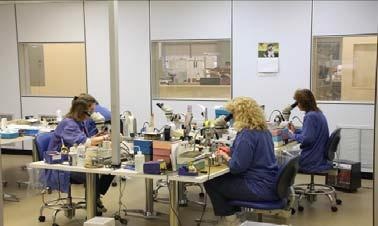
Image Credit: Columbia Research Laboratories
These valuable individuals have, in a number of ways, educated themselves and cross-pollinated their knowledge with other areas of key expertise. This history of shared team responsibilities and extensive experience base demonstrates CRL’s success as an effective organization with the ability to achieve program goals within budget and on schedule.
CRL’s customers can rest assured that their programs will not be restricted or delayed by the turnover or rotation of new personnel in or out of their design team.
Quality Policy
The policy at Columbia Research Laboratories is to produce and deliver quality products that fulfill and earn customer satisfaction requirements through reliability, excellent performance, competitive prices and in line with all contractual needs and requirements.
The main objective of Columbia’s Quality Assurance Department is to ensure that all products conform to the customer’s quality standards as specified in conjunction with Columbia Research Labs.
The Quality Assurance Program ensures these objectives are met and integrated and coordinated with other company functions as part of a complete quality management system. Quality guidelines and procedures are detailed in CRL’s Quality Control Manual.
Columbia is currently certified in accordance with AS‐9100 and ISO 9001:2000 as registered in the Oasis Database. This certification was achieved through CRL’s commitment to long-standing Quality Standards of MIL‐Q‐9858, MIL‐I‐45208, MIL‐STD‐45662, and ANSI Z540 into the ISO standard.
Piezoelectric Accelerometers
- Airborne
- General Purpose
- High Accuracy
- High Performance
- High Temperature
- Integrated Circuits
- Miniature Size
- Seismic Event
- Triaxial Configuration
- 4‐20 mA output
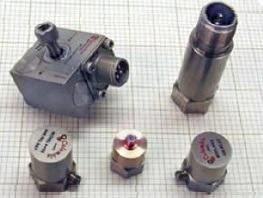
Image Credit: Columbia Research Laboratories
Acoustic Sensors and Pressure Transducers
- Choice of sensitivity, electrical interface and pipe or straight threads
- Corrosion‐resistant
- Electrical Isolated
- Fast Pressure variations
- General Purpose
- Hermetically Sealed
- High Temperature
- Low Output Impedance
- Very high and very low pressure
- Vibration Compensated
- Wide Frequency Response
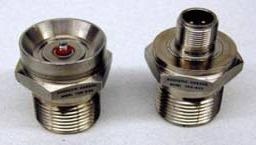
Image Credit: Columbia Research Laboratories
Signal Conditioning Instruments
- Constant Current Power Supplies
- Constant Current Power Supply/Signal Conditioner
- In‐Line Charge Converters
- Strain Gage Amplifier
- Standard, Miniature, and Airborne Charge Amplifiers
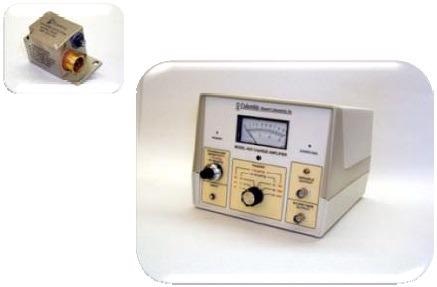
Image Credit: Columbia Research Laboratories
Force Balance Servo Accelerometers and Inclinometers
- Airborne
- Choice of size, configuration and performance levels
- General Purpose
- High Reliability
- High Sensitivity
- High Temperature
- In‐Flight Qualified
- Miniature
- Seismic Event
- Ultra Rugged
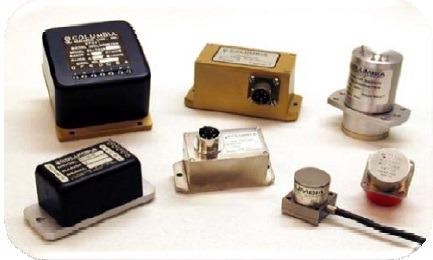
Image Credit: Columbia Research Laboratories
Linear Variable Differential Transformers
- Choice of Frequency Range
- Extended Temperature Ranges
- High Stroke/Length Ratio
- High Reliability
- Variety of Displacement Ranges and Core Sizes
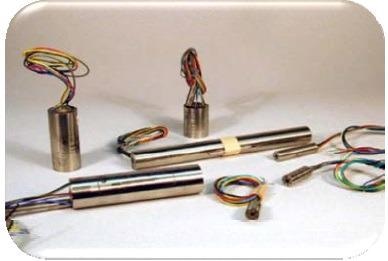
Image Credit: Columbia Research Laboratories
Strain Sensors
- Curved or Straight Surface Sensors
- Easily Installed
- Environmental Resistant
- High Output
- Monitor Fatigue Loading
- Self‐Temperature Compensated
- Two Active Arms
- Variety of Sizes

Image Credit: Columbia Research Laboratories
Summary
Columbia Research Labs is committed to delivering the most reliable sensors and systems for the military, commercial and industrial markets. CRL’s continued focus will be on the performance demands of the market, prioritizing quality monitoring and control throughout the entire manufacturing process, with a drive to fulfill and surpass customer expectations for service and support.

This information has been sourced, reviewed and adapted from materials provided by Columbia Research Laboratories, Inc.
For more information on this source, please visit Columbia Research Laboratories, Inc.